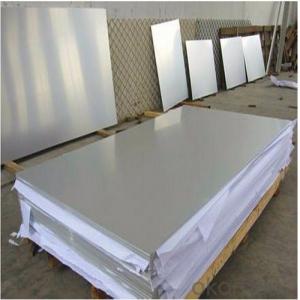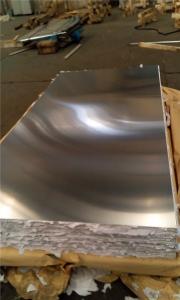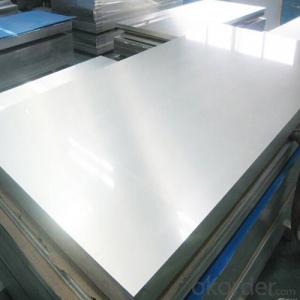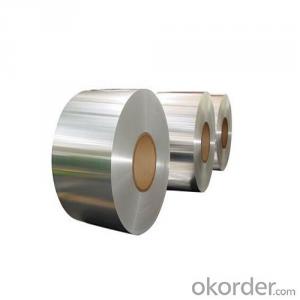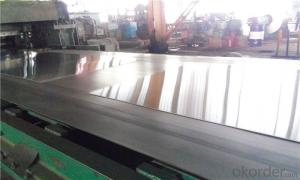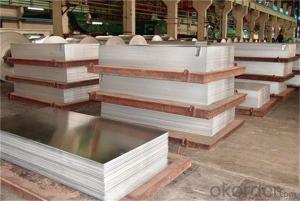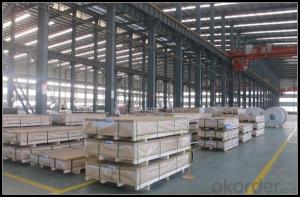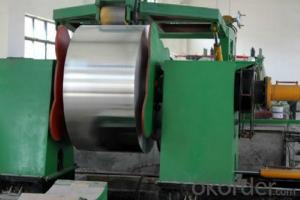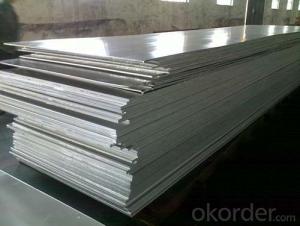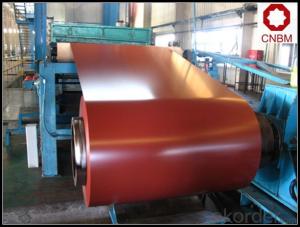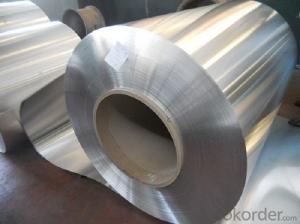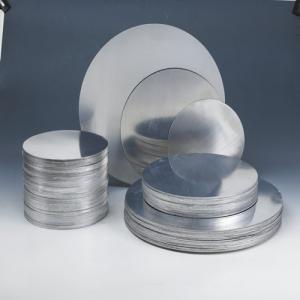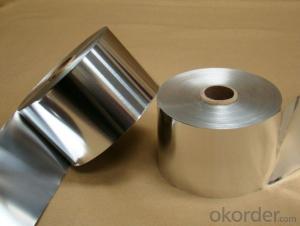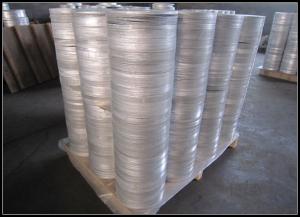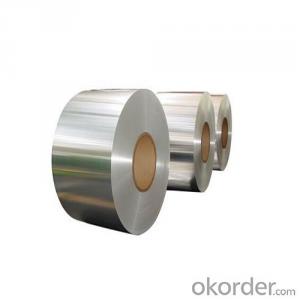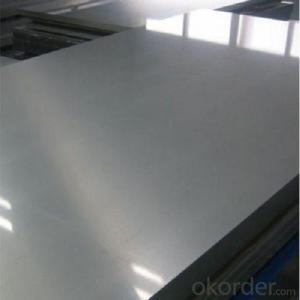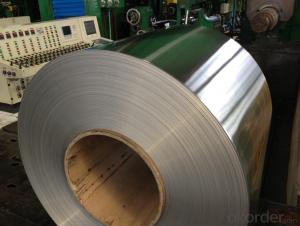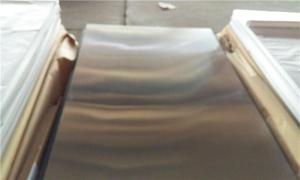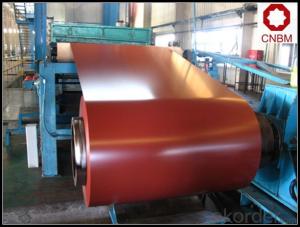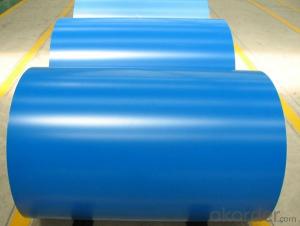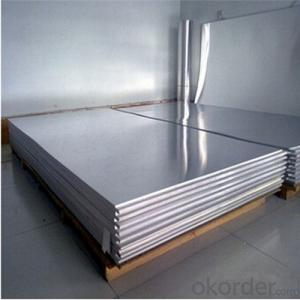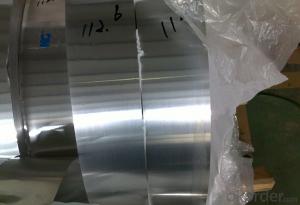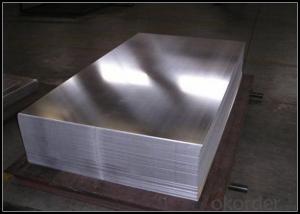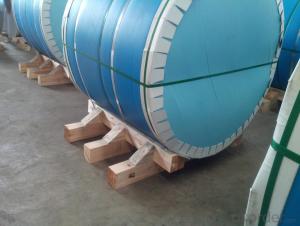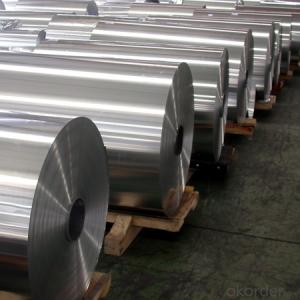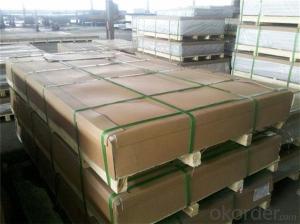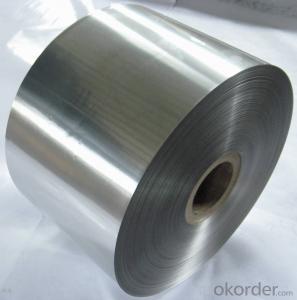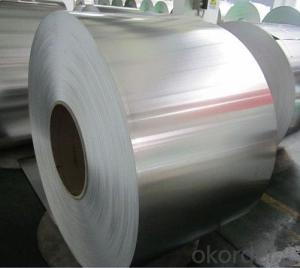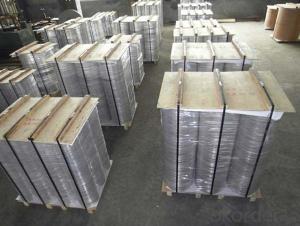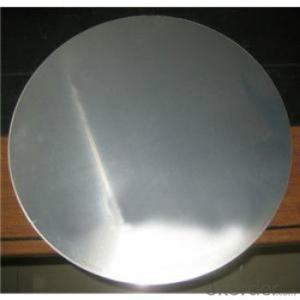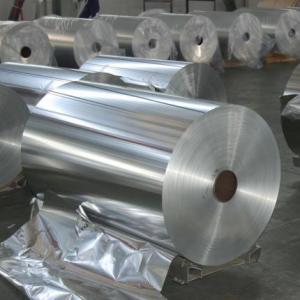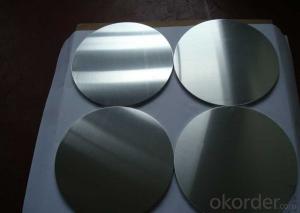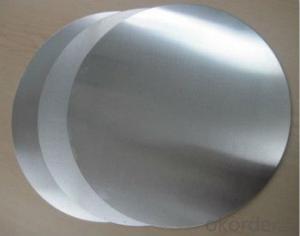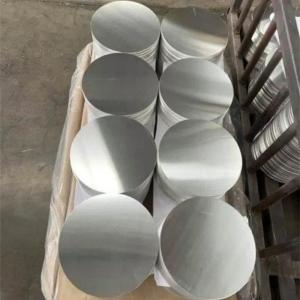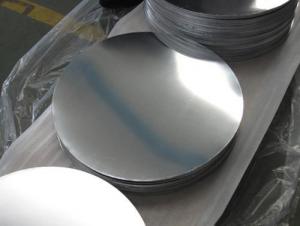5052 H32 Aluminum Plate
5052 H32 Aluminum Plate Related Searches
5052-H32 Aluminum Plate 5052 Aluminum Plate 5086 H32 Aluminum Plate 5052-H32 Aluminum Sheet 5083 H32 Aluminum Plate 5083-H32 Aluminum Plate 5052 0 Aluminum Plate 1/4 5052 Aluminum Plate 4032 Aluminum Plate 3 16 Aluminum Plate 5052 5052 Aluminum Plate Suppliers 5083-H321 Aluminum Plate 3/16 Aluminum Plate 5052 5083 H321 Aluminum Plate 5086-H116 Aluminum Plate 5086 H116 Aluminum Plate 5086 Aluminum Plate 5083-H116 Aluminum Plate 5052 Aluminum Bar Stock 5083 H116 Aluminum Plate 5052 Aluminum Round Bar Stock 5005 Aluminum Plate 1050 Aluminum Plate 6082 Aluminum Plate 5083 Cast Aluminum Plate 5083 0 Aluminum Plate 5456-H116 Aluminum Plate 7050 Aluminum Plate 5456 H116 Aluminum Plate 1350 Aluminum Plate5052 H32 Aluminum Plate Supplier & Manufacturer from China
5052 H32 Aluminum Plate is a type of aluminum alloy plate known for its excellent corrosion resistance, weldability, and formability. This material is widely used in various industries for its superior properties, making it a popular choice for numerous applications. The 5052 H32 Aluminum Plate is particularly favored in the manufacturing of marine components, automotive parts, and construction materials due to its strength and durability.The 5052 H32 Aluminum Plate is utilized in a broad range of applications, including but not limited to, shipbuilding, transportation, and architectural projects. Its versatility allows it to be employed in the production of various components such as fuel tanks, pipelines, and structural frames. The plate's ability to withstand harsh environments and its resistance to corrosion make it an ideal material for applications where durability and longevity are crucial.
Okorder.com is a leading wholesale supplier of 5052 H32 Aluminum Plate, offering a vast inventory of this high-quality material to cater to the needs of various industries. With a commitment to providing excellent customer service and competitive pricing, Okorder.com ensures that customers receive the best value for their investment in 5052 H32 Aluminum Plate.
Hot Products
